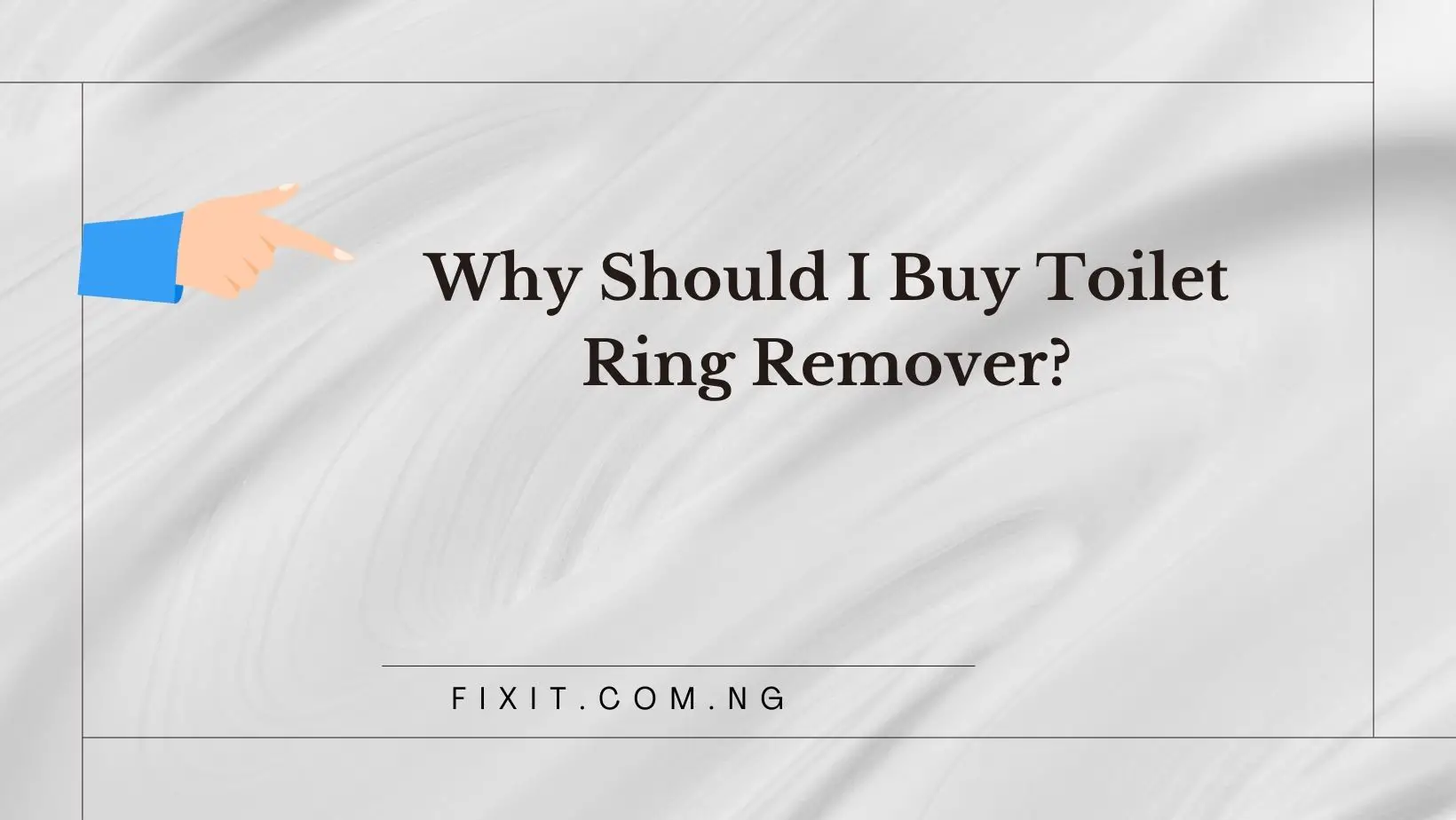Toilet rings are an easily avoidable bathroom issue that are caused by either improper hygiene or hard water, making removal even with regular scrubbing and flushing difficult.
Many commercial products claim to effectively remove toilet ring deposits, while household pantry items may be just as effective. Here are the benefits of taking this natural approach to toilet ring removal:
Safe to Use
Toilet rings are discolored rings that form around the waterline of a toilet. This may occur for various reasons, including inadequate cleaning practices, hard water conditions or water standing in a toilet that doesn’t get used frequently enough. They can be unsightly and difficult to get rid of completely.
There are various strategies available for dealing with stubborn toilet ring issues. While some methods may involve natural methods and others relying on chemicals, baking soda, vinegar, borax and bleach are among the most efficient approaches to consider when trying this route. Before trying any of them however, be sure that your toilet is in good condition; cracks in its bowl or seat could indicate damage that needs addressing as they could compromise any attempts at remedy.
Pumice stones can also be an easy and efficient way to remove toilet stains quickly, though you must be wary not to scratch the porcelain surface by overusing or selecting the wrong product type.
If you have difficulty in dislodging a stubborn ring, try using a pumice stone to break it up. Before using, submerge it in water for several minutes in order to soften and rub in small circles over the ring until dissolution takes place – an excellent method if you’re concerned about using harsh chemicals or don’t wish to spend lots of money on commercial products.
Effective
No matter how often a toilet is cleaned, hard water conditions or infrequent usage may lead to the formation of discolored rings on its interior surface, making cleaning difficult. Unfortunately, these discolorations marks can leave unsightly markings within its bowl interior that require special removal techniques if they become visible despite your best efforts at removal. Luckily there are multiple solutions for eliminating them!
Some of the most effective solutions involve household pantry items. Cleaning vinegar is an effective method for removing hard water stains from toilets and is safe for septic systems if diluted properly. Liquid bleach may also prove helpful if your toilet has mildew or mold growth – simply pour some in, scrub with a toilet brush, and flush.
Another effective option for cleaning toilets is a pumice stone, an effective natural abrasive cleaning tool. This molded stone can easily fit the surface of a toilet while working by rubbing away stubborn stains and ring marks – just make sure it’s dampened beforehand to maximize effectiveness!
If you want an even safer and more reliable cleaning stick option, try opting for one containing 100% pumice like the Pumie Jan-6 with its ergonomic handle that makes using it easy. Eco-friendly and gentler on skin than acid cleaners, its package contains six cleaning sticks at an incredible value – giving you peace of mind for exceptional results every time!
Eco-Friendly
When it comes to keeping toilet rings under control, green cleaning solutions may provide assistance. Many use nontoxic ingredients like vinegar or baking soda while others employ natural abrasives such as pumice stone or CLR to scrub away stains from porcelain bowls and the environment safely – although you may require repeated scrubbing sessions if your ring proves particularly stubborn.
Bathroom Block, a natural-looking block designed to dissolve hard water and mineral stains in toilets, can also be purchased online or locally from retailers. Furthermore, it works great on other surfaces such as bathtubs, sinks and countertops as well. Bulk orders of Bathroom Block can also be obtained for commercial users.
If your toilet still remains stained after several attempts at cleaning and scrubbing, professional plumbers may be the solution. They will inspect your toilet to provide the optimal method for removing stubborn stains. To reduce build-up of waste in your toilet and stop bacteria forming which causes unpleasant odors from developing, be sure to perform regular toilet maintenance including frequent flushes of waste from within its confines and frequently cleaning as part of daily toilet hygiene habits.
Convenient
Toilet rings are dark stains found around the waterline of your toilet bowl that result from bacteria, mold and mineral deposits accumulating over time. Although these rings do not pose any health concerns, they can be difficult to get rid of without professional assistance. There are various strategies available to you for preventing their formation such as regular cleaning and using black ring remover products along with preventive measures such as adequate ventilation.
One of the best ways to clean toilet stains and rings is with commercial limescale remover products, which contain chemicals to break down and dissolve hard water deposits responsible for toilet rings. For best results it is essential that users follow all instructions listed on product packaging to ensure safe and effective results.
Pumice stones provide another effective means of eliminating stubborn toilet rings by acting as gentle abrasives that can quickly remove tough bathroom stains without the need for harsh chemical cleaners. Reusable pumice stones can be used on multiple surfaces – sinks, bathtubs and showers alike; for maximum convenience check out Pumie’s toilet bowl ring remover which comes equipped with its own handle to safely use on porcelain fixtures.
Preventative measures that can keep your toilet free of a black ring include using disinfectant spray and regularly cleaning with a scrub brush, along with using an exhaust fan and opening windows, particularly after showering or bathing.

